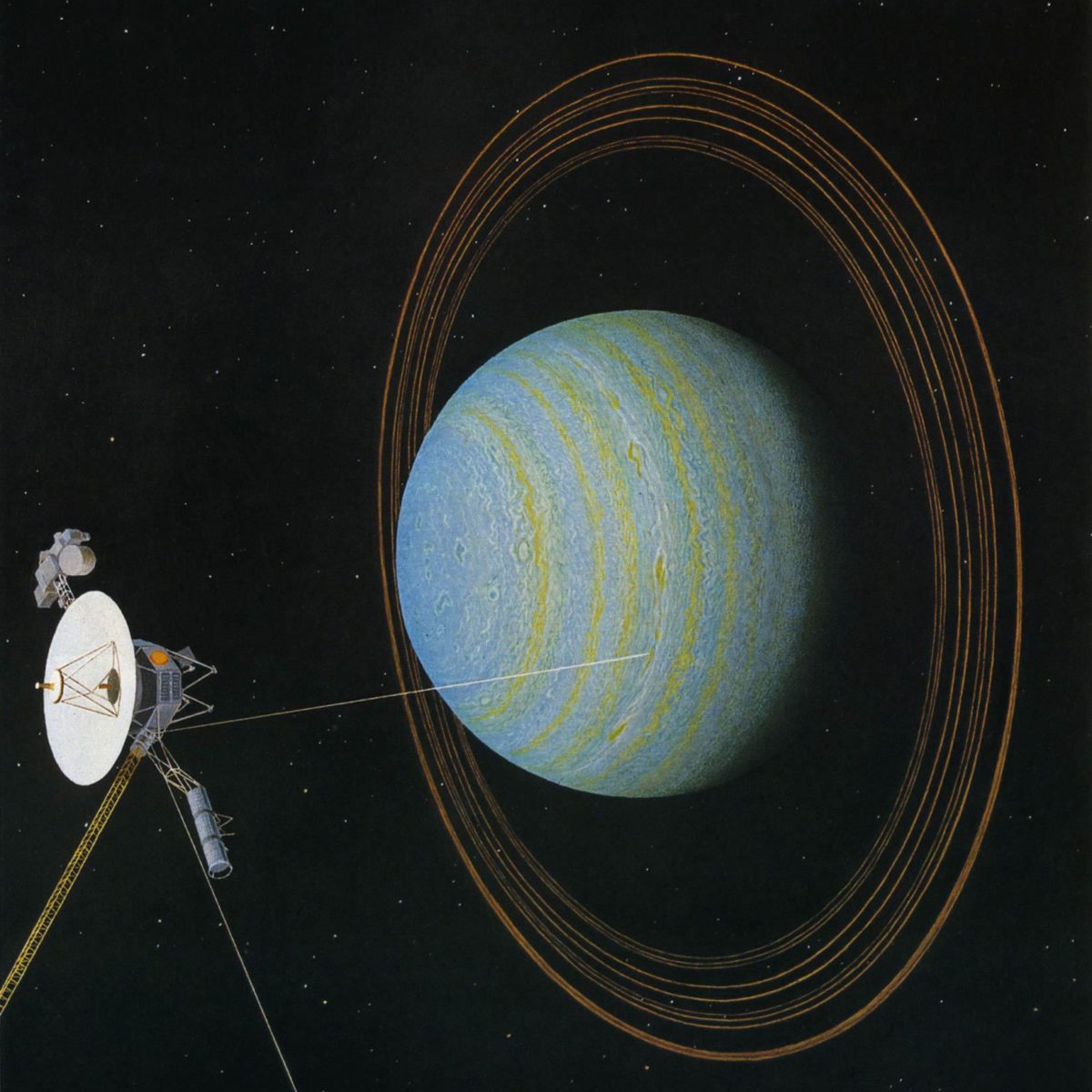
Paul Schenk
My work at LPI centers on elucidating the geology and topography of the surfaces of the satellites of the outer planets and Vesta. Of high interest is the unexpectedly rugged topographic relief on Europa and the shapes of impact craters on Europa, Enceladus, and the icy satellites in general. The goal is to understand the geophysical properties of and geologic processes occurring within Europa's floating ice shell and the deformation and mantling of Enceladus surface by plumes, among other things. Topographic mapping of Io is focused on determining volcanic slopes and mountain topography in order to constrain flow rheologies and mountain formation processes on this intensely volcanic world. My work often requires high quality topographic maps, but these must be derived from Voyager, Galileo, and Cassini images using stereo (3-D) image mapping and two-dimensional photoclinometry (shape-from-shading) methods developed here at the Institute. Using these methods, I have been able to map more than 25% of the surfaces of the Galilean satellites of Jupiter and Uranus, as well as nearly all of the surfaces of the icy Saturnian satellites. Mapping of impact crater and basin morphologies on Vesta adds a new dimension to these studies.
I am currently (as of 2012) a Participating Scientist on the Dawn (at Vesta) and Cassini Projects.
Latest Articles
Planetary scientist Paul Schenk shares his story of working on the Voyager missions as a JPL intern back in 1979.
Two months. Eight and half weeks. 58 days. It's a concept almost too difficult to grasp: we are on Pluto's doorstep.
Although we are still along way from understanding this fascinating little body, Ceres is finally becoming a real planet with recognizable features! And that's kinda cool.


 Explore Worlds
Explore Worlds Find Life
Find Life Defend Earth
Defend Earth




